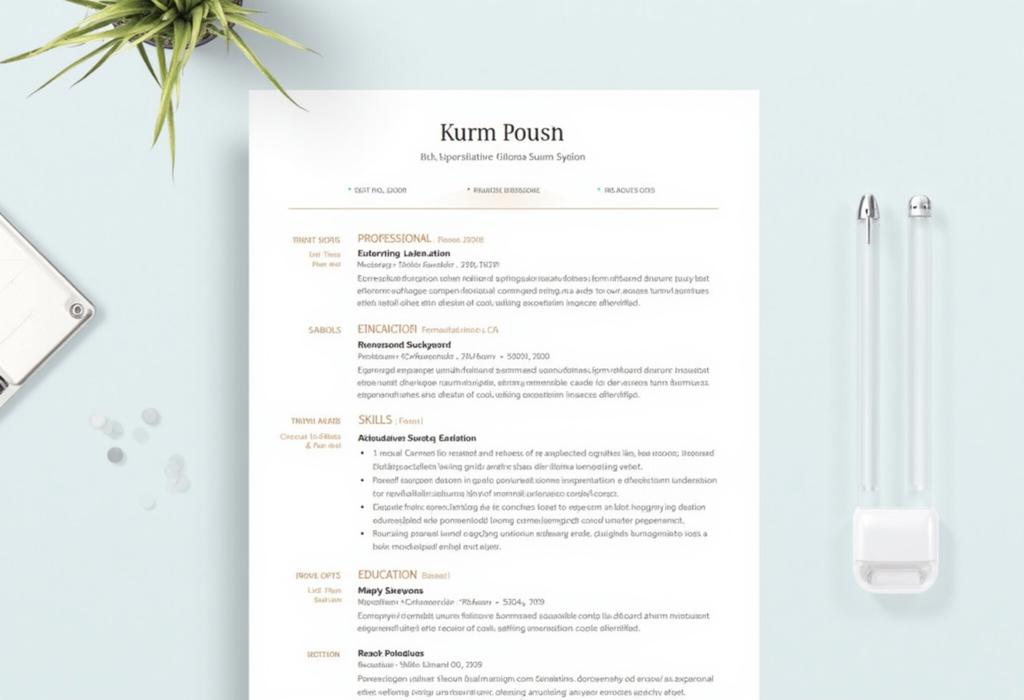For more details on this content, please review the step-by-step guide and frequently asked questions.
How to Grow Herbs Indoors

Step-by-Step Guide
Choose the Right Herbs
Select herbs that thrive well indoors and that you commonly use in your cooking. Good choices include basil, parsley, cilantro, chives, mint, and oregano.
Gather Your Supplies
You will need pots with drainage holes, quality potting soil, seeds or seedlings of your chosen herbs, a water source, and a bright location (like a windowsill or grow light).
Prepare the Pots
Fill your pots with potting soil, leaving about an inch of space from the top. Ensure the soil is loose and well-aerated to promote root growth.
Plant the Seeds or Seedlings
If using seeds, plant them according to the packet's instructions regarding depth and spacing. If using seedlings, gently remove them from their containers and plant them into the soil, covering the roots lightly.
Watering Your Herbs
Water the newly planted seeds or seedlings thoroughly, allowing excess water to drain out of the bottom. Be careful not to overwater; the soil should remain moist but not soggy.
Provide Adequate Light
Herbs need plenty of light to thrive. Position them where they can receive at least 6-8 hours of sunlight per day or use an LED grow light if natural light is limited.
Maintain Optimal Temperature and Humidity
Most herbs prefer a temperature between 65°F and 75°F (18°C - 24°C). Keep your herbs in a warm area, and maintain proper humidity to prevent drying out.
Fertilize Your Herbs
Feed your herbs with a diluted organic fertilizer every 4-6 weeks to provide essential nutrients. Follow the instructions on the fertilizer for proper dilution and application.
Prune and Harvest
Regularly prune your herbs to encourage bushier growth. When harvesting, cut leaves from the top to promote new leaf growth. Only take what you need to avoid stressing the plant.
Monitor for Pests and Diseases
Keep an eye on your herbs for any signs of pests or diseases. Common pests include aphids and spider mites. If noticed, treat immediately with insecticidal soap or neem oil.
Enjoy Your Herbs
Use your freshly grown herbs in cooking to enhance flavor. Enjoy the benefits of fresh herbs that add not only taste but also nutrition to your meals.








